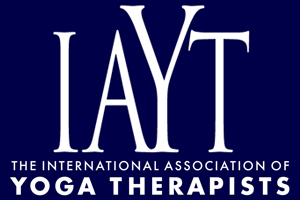A Preliminary Investigation of Lumbar Tactile Acuity in Yoga Practitioners
Background: Tactile acuity in the back relates to voluntary lumbo-pelvic control and is lower in chronic low back pain (CLBP) patients. Two-point discrimination (TPD) thresholds are higher, indicating decreased tactile acuity in patients with CLBP. Yoga has been shown to help relieve CLBP. Objectives: This study investigated the hypothesis that regular practitioners of yoga have increased tactile acuity (i.e., lower TPD thresholds) when compared to matched controls who regularly perform gym-based (resistance training or aerobic-type) exercise. Method: Tactile acuity in the low back was assessed using TPD in 16 long-term practitioners of yoga (5 Ashtanga, 5 Bikram, and 6 Iyengar practitioners) and 16 age- and gender-matched healthy controls who exercise (with weights and aerobic exercise). Results: The yoga practitioners' TPD was lower than that of the exercisers, indicating greater tactile acuity in the low back. While there was no difference between the TPD of the practitioners of different yoga styles, the TPD of the Ashtanga yoga participants were significantly lower than those of the exercisers. The yogis whose main reasons to practice yoga were for “meditation or increased mindfulness” and for “well-being” showed a nonsignificant trend of higher tactile acuity than those who did yoga for “physical exercise.” There was no association between TPD threshold and cumulative amount of yoga practice in terms of hours per week and years of experience. However, increased hours of exercise per week correlated with higher TPD. Conclusion: The findings suggest that there may be a relationship between yoga practice and enhanced tactile acuity in the low back.
